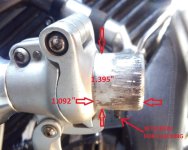dequinox
10 kW
Not strictly e-bike related, but I could use some input from frame-builders here. For reference this is a giant expressway.
I ended up cracking my folding bike's "steer tube", which by this term I mean it's the telescoping/folding tube section which press-fits/glues onto the folding hinge. Please see the photo:
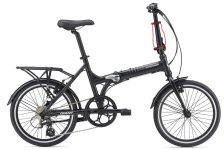
This is what it looked like before. You can see they put some sort of splines in, and then pressed it on with glue.
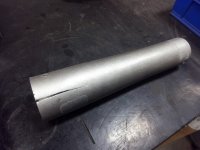
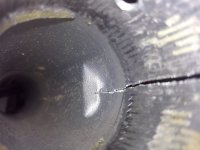
So I dremeled out the crack and drilled out the end of it:
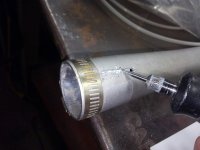
Then I welded it with E4043 and a TIG machine on AC at about 65-70 amps. I don't think I got ideal penetration on the weld, but if you can tell by the photos please let me know if I should re-do it.
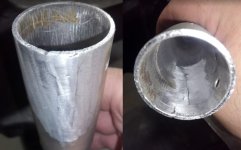
I then sandblasted the glue off inside and out, and plan to press it back on using 3M's DP420 epoxy to hold it in place. Please also let me know if you think a reinforcing ring of aluminum might be an order, as I could produce that as well. Thank you!
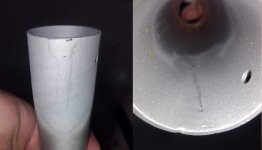
I ended up cracking my folding bike's "steer tube", which by this term I mean it's the telescoping/folding tube section which press-fits/glues onto the folding hinge. Please see the photo:

This is what it looked like before. You can see they put some sort of splines in, and then pressed it on with glue.


So I dremeled out the crack and drilled out the end of it:

Then I welded it with E4043 and a TIG machine on AC at about 65-70 amps. I don't think I got ideal penetration on the weld, but if you can tell by the photos please let me know if I should re-do it.

I then sandblasted the glue off inside and out, and plan to press it back on using 3M's DP420 epoxy to hold it in place. Please also let me know if you think a reinforcing ring of aluminum might be an order, as I could produce that as well. Thank you!




